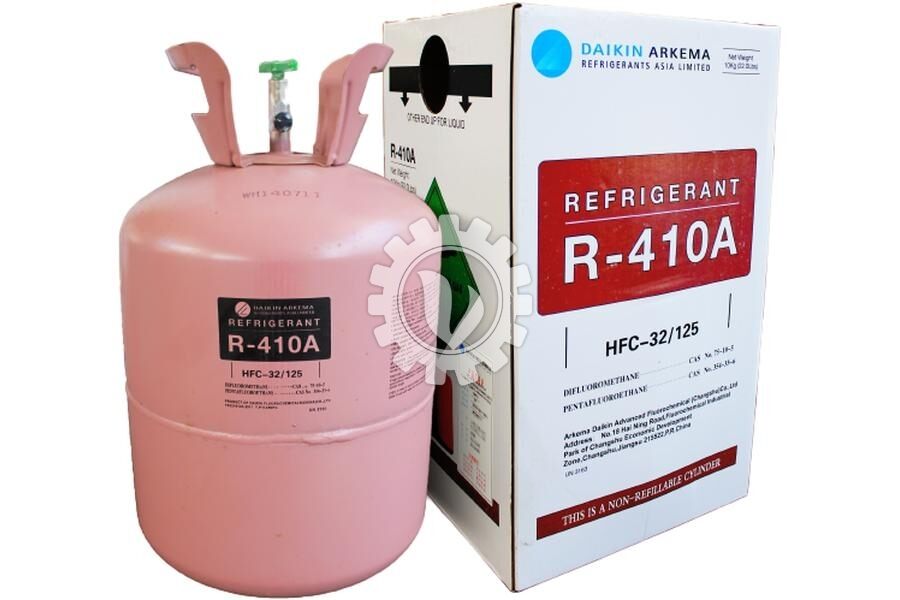As homeowners become more conscious of their energy usage and the environmental impact of their appliances, the choice of refrigerants in their HVAC systems is gaining attention. One refrigerant that has become widely used in recent years is R-410A. This article delves into what homeowners need to know about the costs associated with R-410A refrigerant.
Understanding R-410A Refrigerant
R-410A, also known as Puron, is a hydrofluorocarbon (HFC) refrigerant that has been used as a replacement for older refrigerants like R-22. It is commonly found in modern air conditioning and heat pump systems. R-410A is praised for its efficiency and environmentally friendly properties, as it does not contribute to ozone depletion. However, it does have a high global warming potential (GWP), which is a factor to consider in its usage.
Initial Installation Costs
When installing a new HVAC system or replacing an older one that uses R-22, homeowners will find that systems using R-410A may come with a higher initial cost. This is due to several factors:
- System Compatibility: R-410A operates at a higher pressure than R-22, requiring more robust components and different installation techniques.
- Equipment Costs: Units designed for R-410A tend to be more expensive due to the advanced technology and materials required to handle the higher pressure.
- Professional Installation: Proper installation is crucial for systems using R-410A. Skilled technicians who are certified to handle this refrigerant may charge higher rates due to the specialized knowledge and equipment needed.
Maintenance and Repair Costs
While R-410A systems can be more efficient and environmentally friendly, they can also come with higher maintenance and repair costs compared to older systems:
- Specialized Parts: The higher pressure of R-410A systems means that specific parts, such as compressors and coils, need to be designed to handle these conditions, potentially leading to higher replacement costs.
- Skilled Technicians: As with the initial installation, maintenance and repairs require technicians with specialized training, which can increase labor costs.
- Leak Repairs: While R-410A systems are less prone to leaks than older systems, any leak that does occur can be more costly to repair due to the higher pressure and the need for precise handling of the refrigerant.
Environmental and Regulatory Costs
Homeowners should also be aware of the environmental impact and regulatory considerations associated with R-410A:
- Regulatory Compliance: Governments and environmental agencies are increasingly regulating refrigerants with high GWP. Homeowners may face additional costs for compliance with these regulations, including potential future costs related to transitioning to alternative refrigerants.
- Environmental Impact Fees: Some regions impose fees or taxes on the use of high-GWP refrigerants to encourage the use of more environmentally friendly alternatives. These fees can add to the overall cost of using R-410A.
Long-Term Cost Considerations
In the long term, the efficiency of R-410A systems can lead to savings on energy bills, offsetting some of the higher initial and maintenance costs. However, homeowners should also consider the potential for future regulatory changes that may require further investment in newer, more sustainable refrigerants.
Conclusion
While R-410A refrigerant offers many benefits, including efficiency and reduced ozone depletion potential, homeowners need to be aware of the associated costs. From higher initial installation and equipment costs to specialized maintenance and potential regulatory fees, the financial aspects of using R-410A are an important consideration. By understanding these costs, homeowners can make informed decisions about their HVAC systems and plan for the future.
More info visit: service ac jakarta




